Yesterday, it rained all day, so we went to find some groceries. That was tricky, as most "supermarkets" in these smaller villages don't have English ingredients included, just Greek. And what they call supermarkets are what we would call small, old fashioned hardware stores. I found our beach towels and some flipflops and clothes detergent, oh, and really good sheep's cheese, but no other food. It took us 4 stops before we could find enough fruit and veggies to take home.
In the evening, thunder and lightning storms rolled around and around in-between the 2 mountain ranges on either side of the Argos Gulf (in front of our apartment). We can't ever remember a lightning storm lasting 6 hours. So, we pulled out our books, and caught up on some jet-lag fatigue.
Bright and early this morning, the sun was out and the day was clear. Mid-morning, we decided to head out to find Mycenae and King Agamemnon's Palace. You may remember King Agamemnon from Homer's "Iliad and Odyssey". Mycenae was King Agamemnon's kingdom, while Sparti further west was the home of King Menelaus (Agamemnon's brother), who was married to Helen.
Helen was captured by Paris and taken to Troy where she was held captive over 10 years.
The ruins of the palace were impressive! One could almost feel the thousands of spirits who had built the fortress, lived and walked there. The Mycenaean Age, also called the late Bronze Age, was from 1700 BC - 1100 BC with its height in the 1300's. Only the ruling class were allowed to live inside the palace while artisans, shop keepers and townspeople lived outside the palace walls but still within the fortress. The special thing to note about this palace is the Grave Circle A. It contained 6 royal family grave sites. Only they didn't lay them out horizontally, but buried the 19 bodies in what's called "shaft graves" (vertically). Over 30 lbs of gold, some jewelry and pottery were buried with the royals.
It was wonderful to see all the young people out learning about their history. They came by the busloads. This is the Greek Orthodox Easter weekend, and people are out getting ready for Easter Sunday celebrations tomorrow. On our way home, we stopped at a bakery and saw that the Greek Easter tradition is to dye eggs bright red (symbolizing new life). The eggs are then baked into an Easter sweetbread. What a surprise it was to speak to someone with such good English. We started talking and she said she's from Winnipeg, and has lived in Greece for 20 years. She was very helpful, served Tom his ooey gooey pastry and gave me the word for gluten-free: horis glouteini. It's a small world after all!!

 Mykines, Greece
Mykines, Greece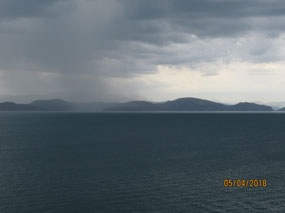
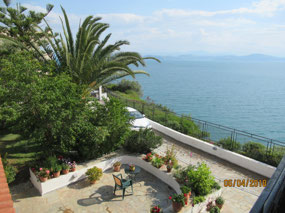


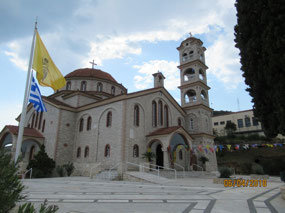
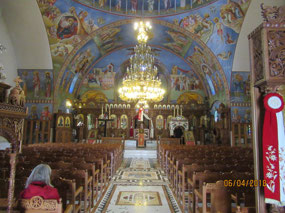
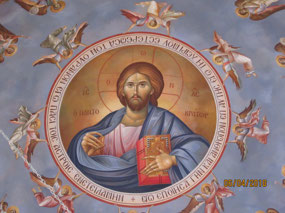
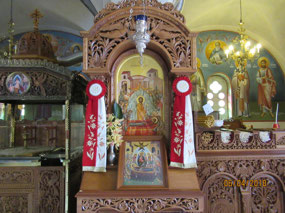
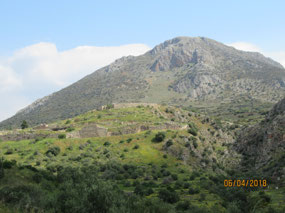
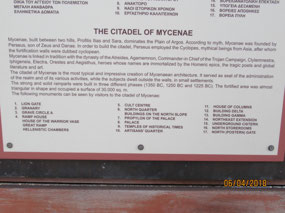
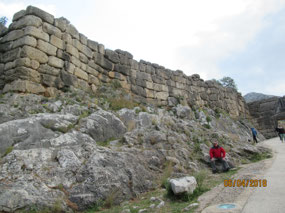
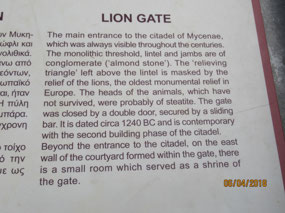
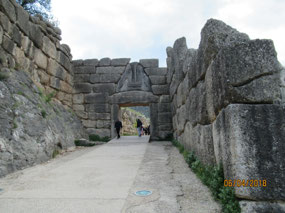

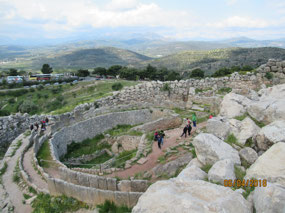
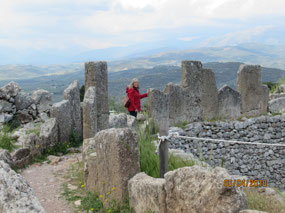
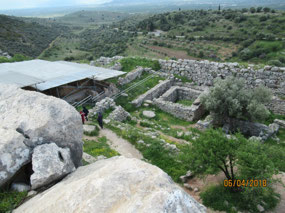
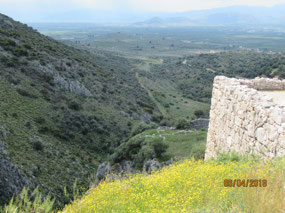
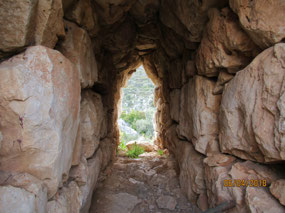
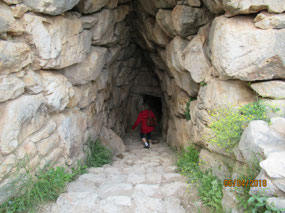
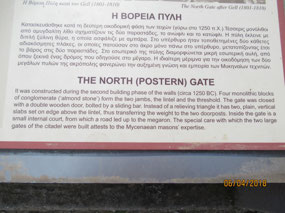
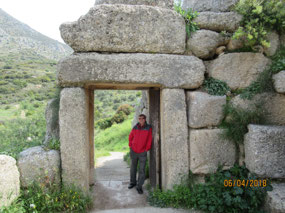
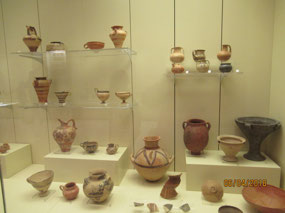



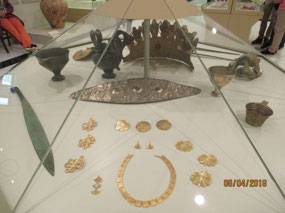
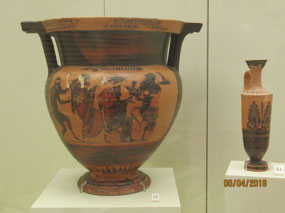
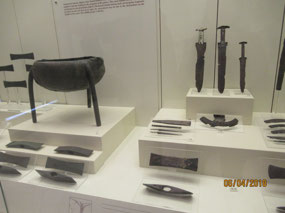

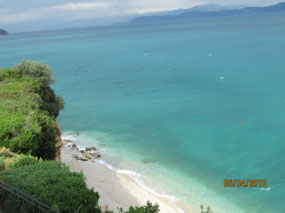
Lisa
2018-04-08
These are amazing! I love reading about your adventures and what you are seeing. Love you guys xoxo
Nancy
2018-04-12
Glad you got to Mycenae...a very interesting spot. We were thinking of skipping it but I am glad we didn't. xoxo